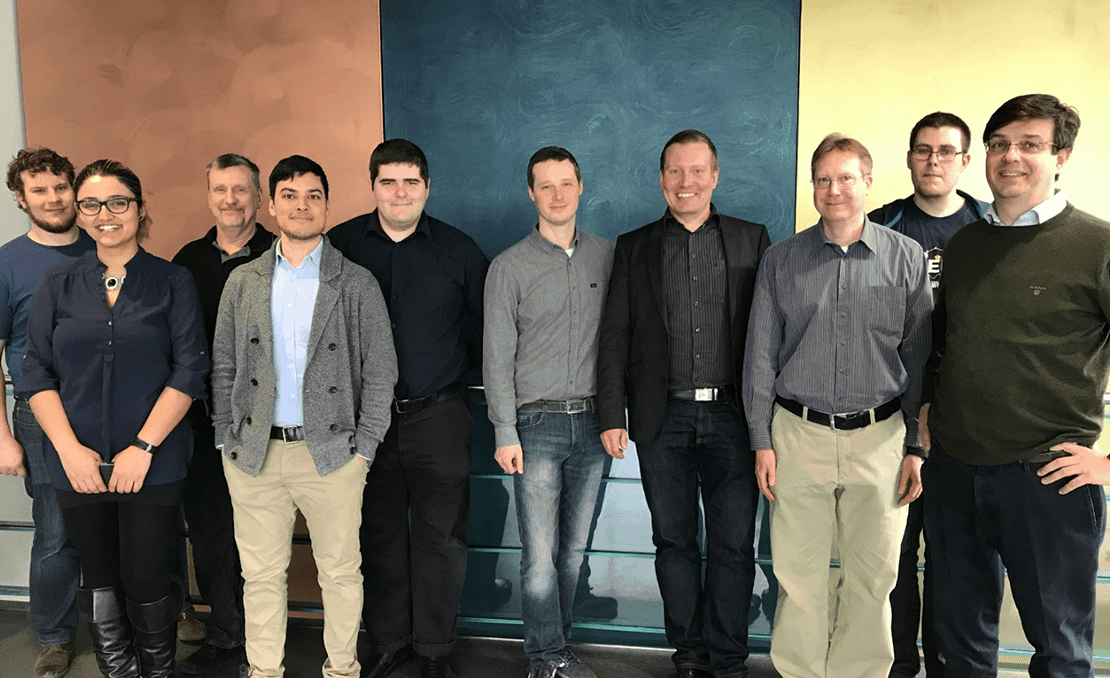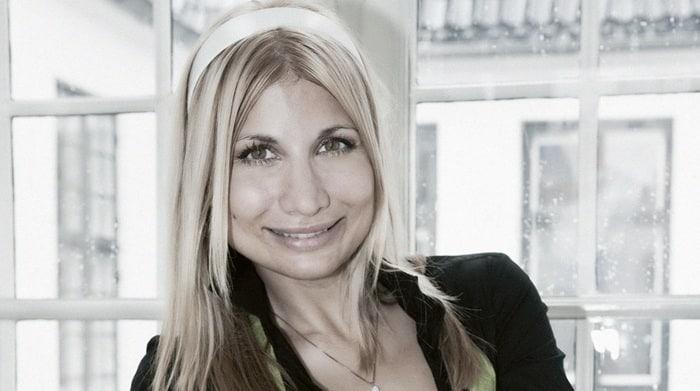22Aug2017
Next time you have a cup of coffee in your hand, take a moment to think about the subtle chemistry at play. A delicate pile of aromatic, freshly ground beans in brown filter paper. Water, heat. Simply flip the switch and wait for the magic to happen. A short 5 minutes later, a steaming cup of liquid productivity awaits.
The process of chemical compounds reacting to heat in a liquid medium makes it possible for us to enjoy double espressos and cook delicious meals. Crucially, it also drives any number of industrial processes that give us everything from pasteurized milk to the rare minerals inside your smartphones.
The process isn’t without flaws. Much like the greasy residue of coffee oils that can clog up your percolator from time to time, scale deposits and fouling cause serious issues in any number of industries. The traditional solution has consisted of any or all of the following: disassembly of affected parts, manual cleaning, the addition of chemical cleaning agents, reassembly, with machinery restarts only taking place when everything else is done. What if these deposits could be removed with no chemicals, no heat increases, no disassembly – in fact, without halting production at all? Altum CEO Matias Tainela (above, fourth from right) believes Altum Power Ultrasound products are the solution.
Nordic Business Report: Hi, Matias. Prior to your current role with Altum, you had a background in industrial cleaning solutions. How did you identify ultrasound as an effective industrial cleaning application?
Matias Tainela: Several members of Altum’s management team have histories working with low power ultrasound devices, which are suitable for cleaning small diameter pipework. We began to get requests from our customers for pilot programs with larger pipework or with heat exchangers, a piece of equipment that is crucial in many industrial applications. The results of these pilots were mixed, as the lower power devices only partly worked or failed.We understood the phenomenon behind ultrasound cleaning, so we assumed it would work at high power ratios. However, there was nothing on the market that could perform at the required levels. If you don’t find what you’re looking for, you build what you need. More accurately, we decided to contact the people who could build what we needed for our customers.
We understood the phenomenon behind ultrasound cleaning, so we assumed it would work at high power ratios. However, there was nothing on the market that could perform at the required levels. If you don’t find what you’re looking for, you build what you need. More accurately, we decided to contact the people who could build what we needed for our customers. We began talking to Helsinki University’s Professor Edward Haeggström (above, far right) who has deep reserves of knowledge and talent in this field. We soon realized that it wasn’t only about power, but also about how you focus and steer that power. That’s how it began and how it went forward.
We began talking to Helsinki University’s Professor Edward Haeggström (above, far right) who has deep reserves of knowledge and talent in this field. We soon realized that it wasn’t only about power, but also about how you focus and steer that power. That’s how it began and how it went forward.We had a tabletop device within a year, with market piloting ready after 18 months. Our MVP arrived after a total of 2 years in development, which is pretty quick for an industrial application. Our technology development team has many decades of ultrasound experience – for instance, one of our team members previously developed a space sail that was constructed with the help of ultrasound.
We had a tabletop device within a year, with market piloting ready after 18 months. Our MVP arrived after a total of 2 years in development, which is pretty quick for an industrial application. Our technology development team has many decades of ultrasound experience – for instance, one of our team members previously developed a space sail that was constructed with the help of ultrasound.
NBR: Was there a pre-existing demand for ultrasound cleaning?
MT: Customers were asking for better cleaning solutions in general, so ultrasound wasn’t explicitly specified. There are also larger issues at play such as sustainability and going green, so chemicals are starting to phase out due to cost and environmental concerns.
The process of cleaning small pieces of equipment in ultrasound baths has been around for the past 50 years. Surgical equipment is a good example of the type of equipment you might clean in such a way. Our innovation was to take ultrasound cleaning to the point where it is needed in the process, so there is no need to dismantle equipment and bring it over to the bath location.
NBR: How has the technology performed to date?
MT: If we take low power devices as a comparison, we can deploy 1000 times more power per channel across multiple channels. In terms of mechanical cleaning, we can clean a pipe in a few minutes by attaching our product to the pipe’s exterior. In comparison, shutting down a line, disassembly, brushing, chemical soaking etc. can take anywhere from a few hours to a week.
A good example of how our technology works happened when we recently visited a sewage water treatment plant. They had pipes that were completely blocked in some instances and partially blocked with scaling in others. They would normally shut down the line and may even change out blocked pipes with new ones if they couldn’t be cleaned.
We ran a 45-minute test, and the pipe in question was totally clean by the end of the period. In a few minutes, we basically cleaned pipes that the customer hadn’t managed to do at all previously without opening a single flange. As you’d imagine, that customer is now very keen to purchase our services.
NBR: What is the size of the scaling problem today?
MT: If we only take heat exchangers as an example, I can tell you the annual cost of cleaning them across all industries is 180 billion euros globally. When you factor in pipelines, tanks, and other pieces of equipment, hundreds of billions of euros are wasted because of fouling each year.
If we take another view, one heat exchanger in a factory setting can cost anywhere from 50 to 500k € a year to maintain. There are multiple variables in industry, but customers can save anywhere from tens of thousands to millions of euros annually by using Altum solutions. One site may contain hundreds of heat exchangers, and a single company may have dozens of sites across the globe. The math becomes quite compelling at this point.
Industry has accepted scaling as an inevitable consequence of production for the longest period. The cleaning of pipelines without disrupting production was inconceivable to many – until we came along. When you calculate intangibles such as the positive benefits to the environment offered by our solution not requiring chemicals, the upside is huge.
NBR: What other applications does the technology have?
MT: We can use our system for cleaning soil – there are issues chemicals just can’t handle. So whether it’s sonochemistry (a mixture of ultrasound and chemicals) or one of our devices in isolation, we can clean multiple forms of contamination. We have our eyes set on tackling super bacteria, and we are keen to see how this develops.
We believe significant impacts can also be made in the maritime industry. A huge amount of damage is being done to oceanic biodiversity through the dumping of ballast waters in foreign seas. Invasive organisms can easily gain a toehold in fragile environments if ballast waters are not treated. Our technology can do just that.
We also have many ongoing discussions with China, where they are tackling a range of environmental issues. We know we can’t solve all their problems, but we believe we can certainly help with many. Seeing is believing with our technology!
Finally:
Altum’s slogan is Sound into Performance. By cultivating a mastery of ultrasound, they have managed to create a technology that performs better than anything else on the market and has the potential to disrupt many industries. The high performance of Altum’s products also enables its customers to be more productive, more energy efficient, more responsible operators. Listen to the future – it resonates with promise.


